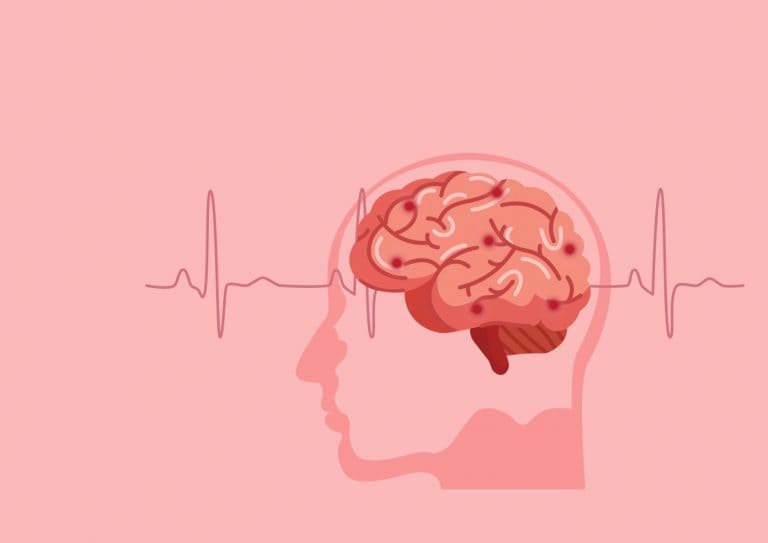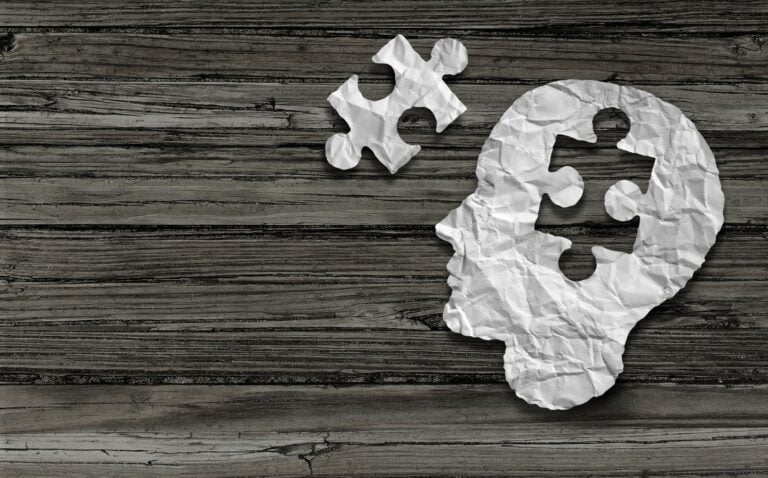The 3 main types of cerebral palsy are:
- Spastic
- Dyskinetic
- Ataxic
However, it is not unusual for a child to have a mixture of these types of cerebral palsy.
Do you think you have a compensation claim for medical negligence? Contact our team of caring professionals. Your child’s claim may be eligible for Legal Aid funding. We also operate on a no-win, no-fee basis.
Spastic cerebral palsy
Spastic cerebral palsy causes children to have tight and stiff muscle tone, impairing movement in the parts of the body that are affected. It means that children can also experience painful muscle spasms. The child may also suffer from learning disabilities.
Spastic cerebral palsy is the most common form as it appears in around 75% of cases.
Dyskinetic cerebral palsy
Children with dyskinetic cerebral palsy (also known as dystonic, athetoid or choreoathetoid) will suffer with involuntary muscle contractions because their muscle tone will swing from tight to loose.
These unpredictable physical changes will mean it can be difficult for a child to sit or stand upright and they may have difficulty breathing and controlling their tongue and vocal chords.
This form of the condition is found in around 20% of cases.
Ataxic
Ataxic cerebral palsy is the rarest form of the condition, with less than one in ten children suffering from it.
Children with ataxic cerebral palsy will be unable to activate the correct pattern of muscles during movement, impacting their balance and spatial awareness. Muscle tone is usually loose so it means walking can be unsteady and speech can also be affected. They may also experience tremors in their hands.
Terms to describe severity of the condition
Specific terms are used to describe the parts of the body affected by cerebral palsy:
- Monoplegia – indicates one limb will be affected
- Diplegia – indicates two limbs will be affected
- Quadriplegia – signals all four limbs are affected
- Hemiplegia – explains one side of the body is affected
Associated problems with cerebral palsy
In some cases, the brain injury which caused the cerebral palsy can sometimes cause other problems.
The most common issues include:
- Learning difficulties
- Behavioural difficulties
- Epilepsy
- Hearing impairment
- Visual impairment
- Trouble sleeping
- Communication difficulties
- Toileting difficulties
- Feeding difficulties
- Drooling
Autism Spectrum Disorder
Around one in every 100 people suffers from Autism Spectrum Disorder (ASD). ASD can impact some cerebral palsy patients and can be a legacy of the brain injury that also caused the cerebral palsy. Children and adults with this condition tend to have difficulties with social behaviour, such as interacting and communicating with others.
No two children with ASD will present in the same way. There is a spectrum of intellectual ability, with some children having intact intelligence and others having impaired intelligence. However, what all children with ASD will have in common is the “triad of impairments”, namely:
- Impairment of social interaction
Children with ASD will struggle with the “give and take” of conversation, often preferring to speak about what interests them. Others may seem aloof and simply not interested at all in what is being said - Impairment of social communication
Children with severe ASD will struggle to speak meaningfully. Children with ASD that are able to communicate may do so awkwardly, struggling to maintain eye contact and to interpret the intonation and facial gestures of others - Impairment of social imagination
Children with ASD struggle with “make pretend” play. They prefer factual books and may use play characters to act out scenes they have seen in their favourite films, rather than make up their own stories
Other signs and symptoms include:
- Difficulties understanding and expressing emotions and feelings
- Difficulties in being alive to other people’s emotions and feelings
- Delayed language development
- Very narrow interests, about which they are almost obsessive
- Distress at change – ASD sufferers are reassured by structure and routine
- Anxiety, which can often by triggered by change and a lack of structure
- Sensory sensitivities, for example an intense dislike of loud noises of bright light
- Sensory seeking, such as taking risks, running everywhere, hand flapping, always being “on the go”
Does your child suffer from cerebral palsy? Might you have suffered negligent care while pregnant?















